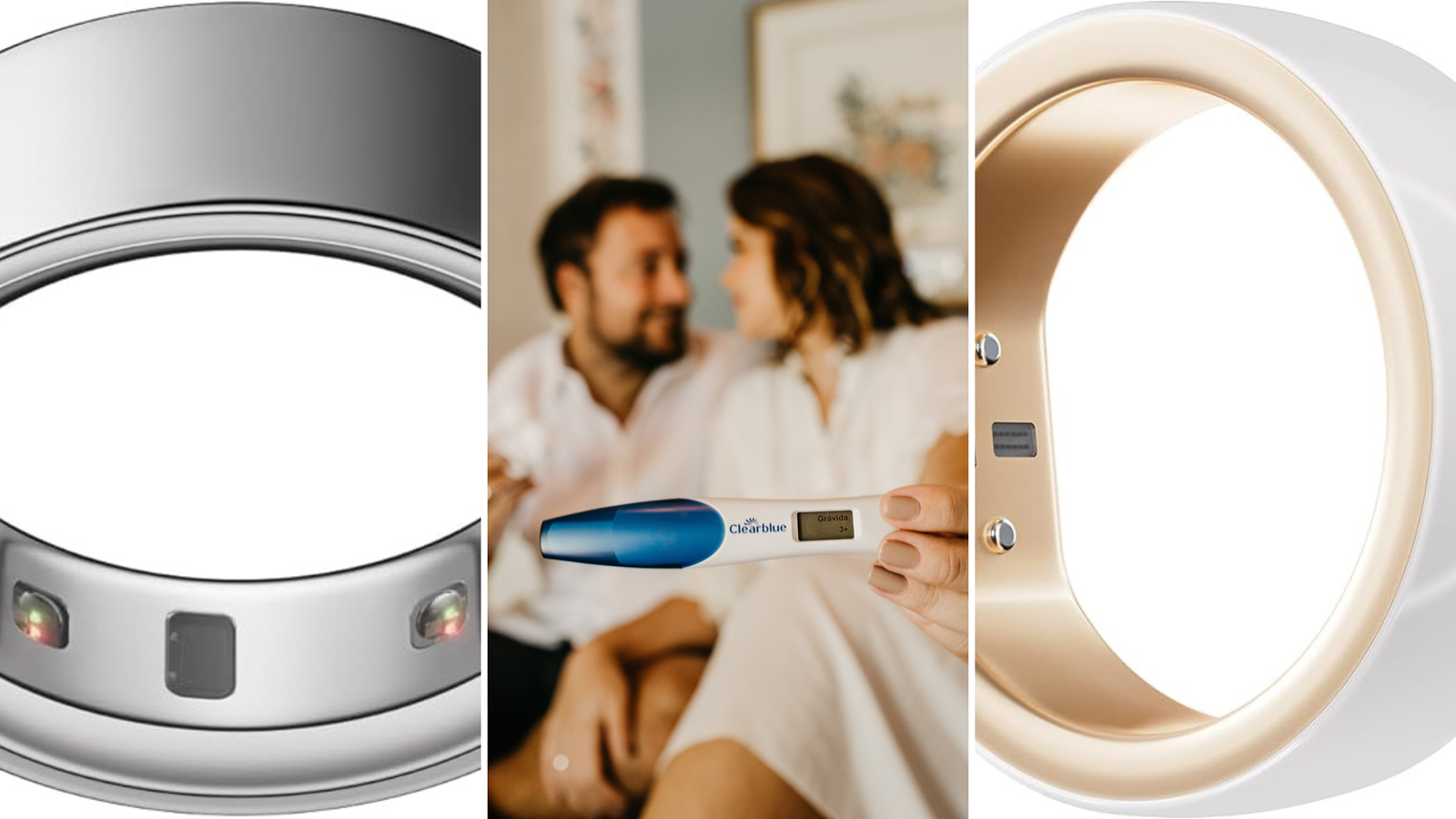Menstrual pain, or dysmenorrhea, is a common experience for many people during their menstrual cycle. The severity of pain can vary, but understanding the underlying causes can help manage it more effectively. Here’s why periods can be so painful:
1. Uterine Contractions
- Prostaglandins: During menstruation, the uterus contracts to help shed its lining. Prostaglandins are hormone-like substances that stimulate these contractions. High levels of prostaglandins can lead to more intense cramping and pain.
- Intensity of Contractions: Strong uterine contractions can cause pain that radiates to the lower abdomen, back, and thighs.
2. Hormonal Fluctuations
- Estrogen and Progesterone: Fluctuations in estrogen and progesterone levels can affect the severity of menstrual pain. Imbalances in these hormones may contribute to increased cramping and discomfort.
3. Blood Flow Changes
- Increased Blood Flow: The increased blood flow to the uterus during menstruation can contribute to cramping and discomfort. The uterus’s need to work harder to expel the lining can cause pain.
4. Underlying Health Conditions
- Endometriosis: A condition where tissue similar to the uterine lining grows outside the uterus, leading to severe pain and cramping.
- Fibroids: Non-cancerous growths in the uterus can cause pain and heavy bleeding.
- Pelvic Inflammatory Disease (PID): An infection of the reproductive organs that can cause chronic pain and discomfort.
5. Lifestyle and Diet Factors
- Stress: High levels of stress can exacerbate menstrual pain. Stress can increase the production of prostaglandins and heighten sensitivity to pain.
- Diet: A diet high in fat and sugar may contribute to inflammation and worsen menstrual pain. Consuming a balanced diet with anti-inflammatory foods can help manage symptoms.
6. Managing Menstrual Pain
- Over-the-Counter Pain Relief: Nonsteroidal anti-inflammatory drugs (NSAIDs) like ibuprofen can help reduce pain and inflammation.
- Heat Therapy: Applying a heating pad or warm compress to the lower abdomen can help relax muscles and ease cramps.
- Lifestyle Changes: Regular exercise, stress management, and a balanced diet can help reduce the intensity of menstrual pain.
7. Summary
Menstrual pain is primarily caused by uterine contractions stimulated by prostaglandins, as well as hormonal fluctuations, increased blood flow, and underlying health conditions. Lifestyle factors and stress can also contribute to the severity of the pain. Effective management includes using pain relief methods, applying heat, and making lifestyle adjustments to alleviate symptoms.
Tools:
- Luteal phase calculator
- BBT Temperature Converter
- Birth control calculator
- Bishop Score Calculator
- Due Date Calculator
- Breast Cancer Recurrence Risk Calculator
- Breastfeeding Calories Calculator
- Clomid Ovulation Calculator
- Conception Calculator
- Due Date Calculator
- Egg Freezing Calculator
- Flange Size Calculator
- Ideal Weight To Get Pregnant Calculator
- Implantation calculator
- IVF success calculator after retrieval
- Menstrual or Implantation Bleeding Quiz
- MCA PSV MoM calculator
- hCG Levels Calculator
- IVF Due Date Calculator
- Who Got Me Pregnant Calculator
- Conception Calculator
- Pearl Index Calculator
- Flange Size Calculator
- Period Calculator
- TIRADS Calculator
- Egg Freezing Calculator
- Fundal Height Calculator
- Pregnancy Weight Gain Calculator
- Chances of Having Twins Calculator
- VTE Risk Score Calculator



